Which is more dangerous, low blood pressure compared to high blood pressure and why?
Low blood pressure compared to high blood pressure, which one is more dangerous and why? This question is indeed a concern for many members of the general public, because in every day real life, there are indeed some people with low blood pressure, so these friends can not help but ask, in the end, is low blood pressure dangerous? Which one is more dangerous compared to high blood pressure? Today, Dr. Zhang will talk about this issue.
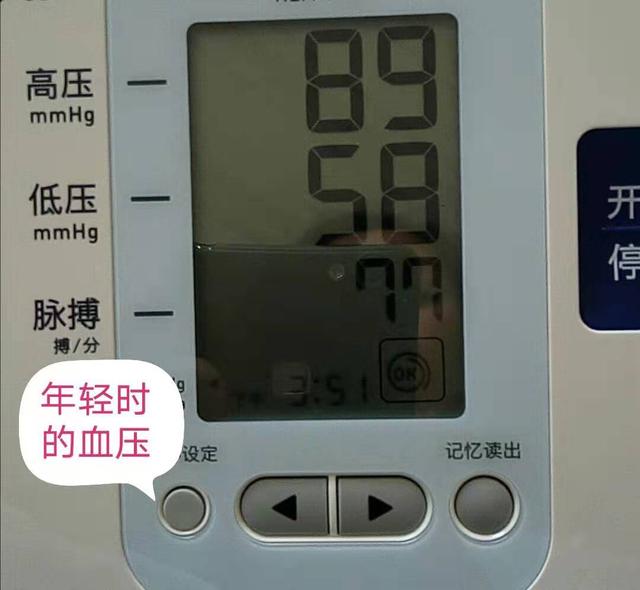
At this stage, everyone's attention is focused on high blood pressure, mainly because of the improvement of health literacy of the whole nation, and at the same time, with the popularization of knowledge related to high blood pressure, the craze of the whole nation's attention to high blood pressure has appeared. With the popularization of all kinds of health knowledge on everyone's cell phones, many people have also begun to notice the great danger of hypertension. However, to be honest, the great danger of high blood pressure is often a long-term blood pressure is not controlled will appear, short-term because of blood pressure rise once the possibility of heart attack, cerebral infarction and other hazards is relatively small. We should not be scared of high blood pressure once, so anxiety will make the blood pressure rise further, and eventually form a vicious circle.
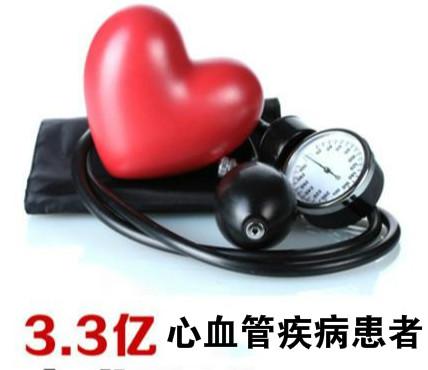
At the same time, it should be especially pointed out that for many people with low blood pressure, usually the blood pressure may be about 90/60mmHg, and there are no symptoms related to low blood pressure, such as darkness, cold sweats, dizziness and other symptoms of low blood pressure, at this time this type of people we do not think this is a pathological state. On the contrary, in the medical field, it is also believed that this type of blood pressure type of people in the future the chance of cardiovascular and cerebrovascular disease is a little lower.
Of course, the real situation is not always a healthy state of low blood pressure state, some states of low blood pressure is pathological, and these low blood pressure will bring fainting, cold sweats, dizziness and other uncomfortable symptoms, then we should pay attention to this low blood pressure state is in need of further adjustment. For example, some elderly people have postural hypotension, postprandial hypotension, this low blood pressure state needs special attention, and to be adjusted to minimize the harm caused by low blood pressure on the elderly.
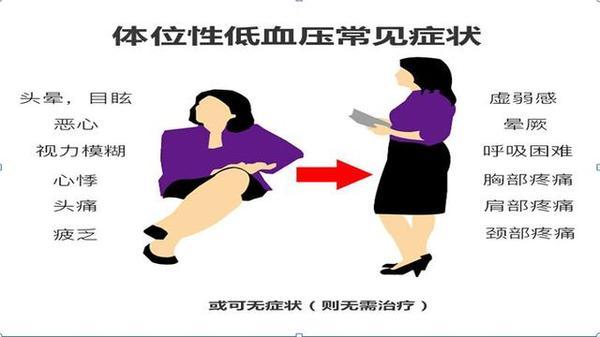
In short, it is a known fact that high blood pressure is very dangerous, while low blood pressure states are sometimes congenital, a condition that does not need to be dealt with or worried about. However, sometimes certain people may develop some pathological low blood pressure state, which requires special attention and professional treatment from a medical professional if necessary.

Although we say all day long "high blood pressure", "low blood pressure" and other terms, but for what is the blood pressure, I believe that there are many friends can not answer, blood pressure refers to the blood in the blood vessels for the formation of the pressure per unit area of blood vessel sidewalls, i.e., the size of the pressure. We usually measure the value of blood pressure, refers to the arterial blood pressure, that is, blood pressure on the arterial blood vessel wall pressure size.
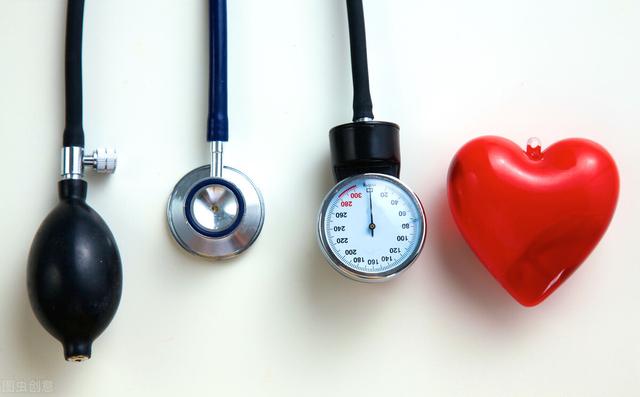
For maintaining normal blood circulation in the human body, the important role of blood pressure should not be ignored. By maintaining a reasonable blood pressure value, our blood can be continuously transported from the heart to various tissues and organs of the body, and it is also due to the existence of blood pressure that our blood can be returned to the heart smoothly to re-exchange oxygen, so it can be said that normal blood pressure is the basis of the flow of blood circulation.
We usually measure blood pressure, we will get a high and low two blood pressure values, the high pressure value is called systolic blood pressure, reflecting the contraction of the heart, blood into the arteries, the pressure level of blood vessel walls, when the heart is in diastole, blood back to the heart, the arteries elasticity of the blood vessels retract, but still maintain a certain pressure to ensure the body's blood supply, at this time, blood vessel walls to withstand the minimum pressure, that is, the blood pressure measurements of the This is the minimum pressure on the walls of the blood vessels, which is the value of the blood pressure measurement, and we usually call it diastolic blood pressure.
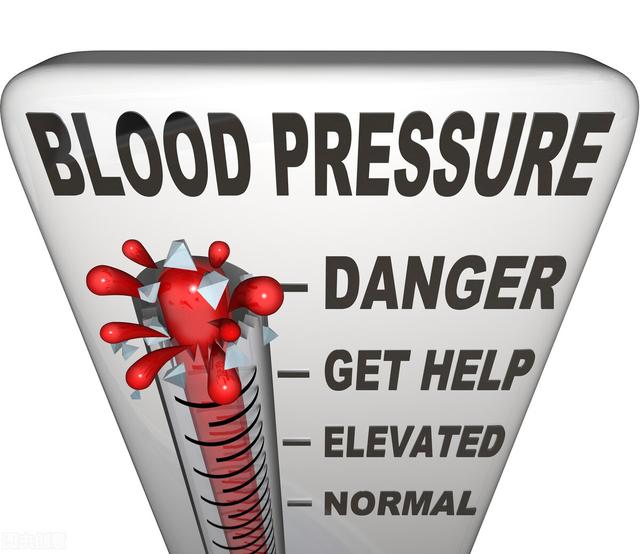
Under normal circumstances, the normal blood pressure value of the human body is about 120/80mmHg, while if the blood pressure exceeds the level of 140/90, it is too high, the problem of hypertension, while the blood pressure, if it is lower than 90/60mmHg, it is the manifestation of insufficient blood pressure, which we will call it low blood pressure. Some friends ask: high blood pressure and low blood pressure, which is more dangerous? Today we will introduce you to the risks and dangers of high blood pressure and low blood pressure respectively.
Risk of high blood pressure
More noteworthy than low blood pressure, high blood pressure is often a gradual and chronic detriment. The vast majority of hypertensive patients, their blood pressure is not a sudden rise, but with age, in the genetic factors, as well as the influence of bad habits, the gradual formation of high blood pressure, in the beginning of the rise in blood pressure, and even some of the blood pressure more than 160/100mmHg of the moderately high blood pressure patients, there is no obvious feeling of discomfort, and it is precisely for this reason, although with the medical level and health awareness gradually raised, China's hypertension awareness and control rate have increased, but the overall is still a chronic hazard. It is precisely for this reason that, although with the gradual increase in medical level and health awareness, the knowledge rate and control rate of hypertensive patients in China have been improved, the overall situation is still at a relatively low level.
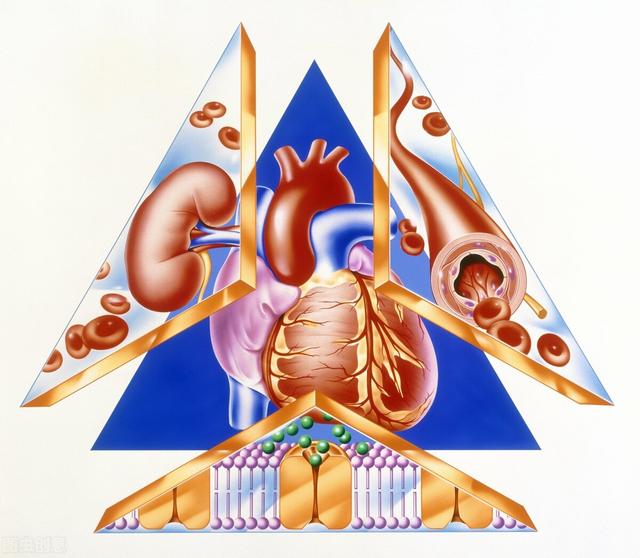
But no feeling is not equal to no harm, long-term high blood pressure if not actively control, atherosclerosis, coronary heart disease, heart attack, cerebral infarction, cerebral hemorrhage, chronic kidney disease, fundus-related diseases and other complications may occur gradually under the influence of high blood pressure, a lot of disease occurs, it feels very suddenly, but in fact, because of the long-term do not pay attention to health, do not actively regulate high blood pressure and gradually caused by the The When blood pressure is high, the side pressure on blood vessels is greater, in which case the risk of degeneration, hardening and inflammation of the inner wall of the blood vessels will be further increased. No matter whether it is the cardiovascular, cerebrovascular, renal blood vessels or the capillaries of the fundus of the eye, under the influence of high blood pressure, there is the possibility of premature aging and hardening, and the risk of the resulting health disorders should not be ignored.
For hypertensive patients, if under the influence of certain stress factors or other factors, blood pressure appears to have a transient surge, especially if the diastolic blood pressure is more than 110 mmHg, there is also the possibility of bringing about a sudden and substantial increase in blood pressure brought about by the acute hazards of hypertensive emergencies subacute, which may be accompanied by cerebral hemorrhage, acute damage to renal function, cardiac function, and aortic coarctation and other related diseases. The risk of a sudden rise in blood pressure is also not to be ignored.
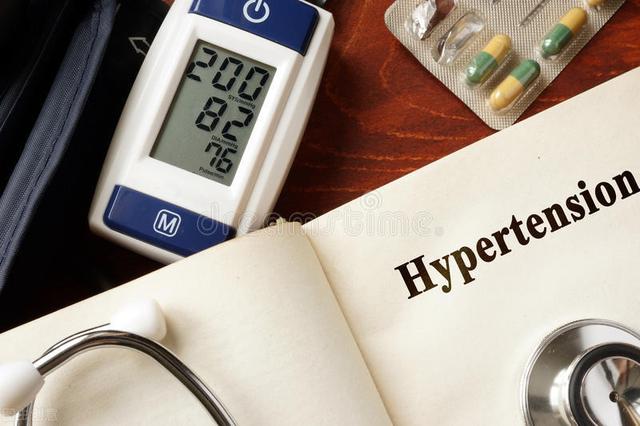
Therefore, no matter from the acute damage or chronic harm point of view, for friends with high blood pressure problems, should actively do a good job of active control of high blood pressure, in addition to do a good job in daily life to limit salt, lose weight and more exercise, quit smoking, limit alcohol, mentality and flat life conditioning, for the blood pressure can not be effectively lowered, but also to start antihypertensive drug therapy to actively control blood pressure levels, the sooner the control of high blood pressure, the blood pressure levels The sooner you control your high blood pressure to a level below 130/80, or even lower, the more you will be able to benefit and reduce the health hazards and risks that high blood pressure may bring.
The risk of hypotension
Blood pressure that is too high is not good, and blood pressure that is too low is equally dangerous.
This is not difficult to understand, blood pressure is the basis for maintaining blood circulation in the human body, but also the body's various tissues and organs to obtain the premise of blood supply, if the blood pressure is too low, the blood supply of the relevant tissues and organs can not be completed successfully, it will affect all aspects of health of our body. In real life, some friends born with relatively low blood pressure, especially some of the weak, women, the elderly may appear, most of them in the 100/65 level, if there is no discomfort symptoms, there is no need to be overly obsessed with this blood pressure value, have to be raised a little bit, usually pay attention to nutrition, pay attention to strengthen the body, maintain a good blood pressure health and stability, is very good.
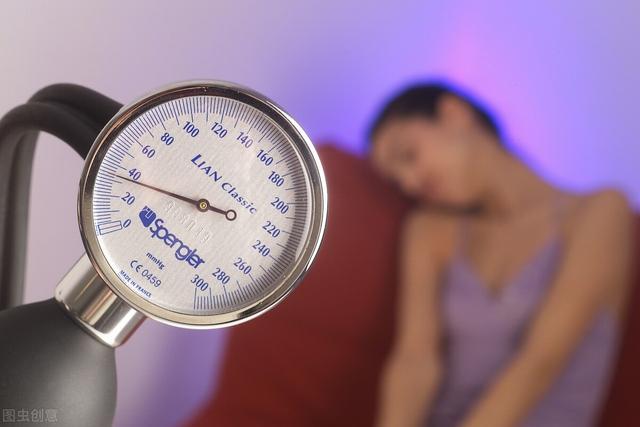
If your blood pressure is lower than 90/60mmHg, you need to be aware of the possible health hazards of low blood pressure. When the body has low blood pressure, there are often more obvious symptoms, dizziness, fatigue, palpitations, inability to stand upright, cold hands and feet, indigestion, and many other uncomfortable feelings, serious low blood pressure can lead to respiratory difficulties, and even coma, shock, life-threatening. The main reason for these symptoms is that a drop in blood pressure leads to slow blood circulation and ischemia of the distal capillaries, which affects the supply of oxygen and nutrients to the tissue cells, the excretion of carbon dioxide and metabolic wastes, and low blood pressure especially affects the blood supply to the brain and the heart.
The reason why low blood pressure occurs, its causes are also various, the elderly should pay more attention to postural hypotension, postprandial hypotension and other physiological causes of risk, and certain diseases or drug effects, may also lead to the occurrence of low blood pressure, such as serious aortic valve disease, hypertrophic cardiomyopathy and other cardiovascular diseases, as well as a number of related malignant diseases, or hemorrhage, serious traumatic diseases, are all It is possible to cause low blood pressure, and antihypertensive drugs, antidepressant drugs, the same may also cause low blood pressure.
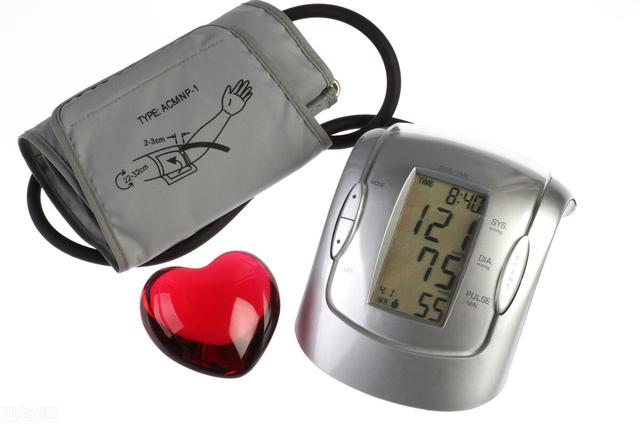
Therefore, for low blood pressure, we should also actively take measures to control, specifically how to control, should be combined with the specific causes of low blood pressure, to improve the cause of treatment, in order to better improve the problem of low blood pressure. Compared to high blood pressure, low blood pressure tends to have more obvious symptoms and bring health hazards faster, so it is very important to correct low blood pressure in time and control low blood pressure reasonably.
In short, whether it is low blood pressure, or high blood pressure, blood pressure abnormalities will lead to such and such a number of health hazards, although there is no "which is more dangerous" specific comparability between the two, but whether it is high blood pressure, or low blood pressure, should be actively regulated and corrected, the blood pressure as far as possible to control in the health of a reasonable range, to be more conducive to our health! However, both high and low blood pressure should be actively regulated and corrected to keep the blood pressure within a healthy and reasonable range, which is more favorable to our health. For some hypertensive patients, there is the problem of blood pressure fluctuation, blood pressure fluctuates, sometimes high and low, sometimes high beyond the normal range, and sometimes low blood pressure, for the blood pressure fluctuation of friends, we should pay more attention to the smooth control of blood pressure, reasonable choice of medication program, reasonable adjustment of antihypertensive medication time, and actively do a good job in maintaining a healthy lifestyle, in order to reduce the fluctuations in blood pressure brought about by the cardiovascular and other health problems. cardiovascular and other health risks.
Too low or too high blood pressure directly affects the normal physiological function of a person. For health, there is no one more dangerous, finding the cause of abnormal blood pressure and actively controlling the symptoms is the countermeasure. The optimal blood pressure level for healthy adults is less than 120/80mmHg, within a certain range, the lower the better, but this does not mean that there is no limit.
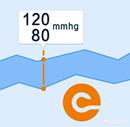
Hypotension[1] is defined clinically as a prolonged systolic blood pressure of less than 90 mmHg or a prolonged diastolic blood pressure of less than 60 mmHg in adults.Hypotension can be more commonly referred to clinically as a physiologic condition than hypertension, which is a medical condition. Hypotension can often cause a number of symptoms of insufficient blood supply, including: 1. pallor, chills and cold limbs. 2. fatigue, weakness and depression. 3. dizziness, vertigo, fainting. 4. lack of concentration. 5. blurred vision. 6. nausea etc.
In a hypotensive state, slow blood flow in the body, insufficient blood supply to tissues and organs, and slowed metabolism can cause the above mentioned debilitating symptoms in mild cases [1], while severe hypotension may herald more serious conditions such as cardiac infarction, cerebral infarction, endocrine or neurological disorders, and oxygen and nutrient deprivation in the brain and other vital organs, which can ultimately lead to fatal shock.
And there is a close causal relationship between hypertension and cardiovascular morbidity and mortality risk. As blood pressure rises, the risk of cardiovascular complications multiplies, the incidence of end-stage renal disease increases, and the incidence of stroke and coronary heart disease is positively correlated. Hypertension is the first risk factor for cardiovascular and cerebrovascular diseases [2].
Both are equally dangerous when they cause clinical emergencies and in life-saving emergencies. In the case of milder clinical symptoms, although there is no major harm at the time, long-term progression can involve other organs, resulting in malignant clinical events.
[Reference]
[1] R. Li. Hazards and countermeasures of hypotension[J]. Agricultural Science and Technology,2003(05):40.
[2] Liu Lisheng. Guidelines for the prevention and treatment of hypertension in China 2010[J]. Chinese Journal of Hypertension,2011,19(08):705-706.
By Wang Yu, Department of Pharmacy, No. 477 Hospital of the People's Liberation Army, and members of the Pharmacy Network
The authoritative interpretation of Pharmaceutical Affairs, unauthorized reproduction, plagiarism will be punished.
Some people ask which is more dangerous, high blood pressure or low blood pressure.
I say: normal blood pressure is safest, and both high and low blood pressure are somewhat dangerous. But if I had to say which is more dangerous, the simple answer is that low blood pressure is probably more dangerous.
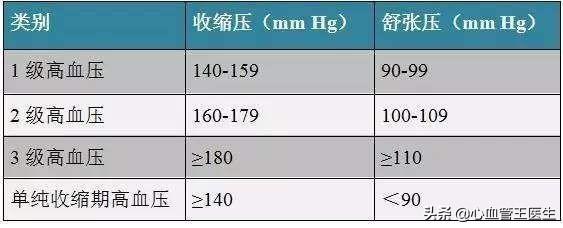
I. What is high blood pressure, low blood pressure, and normal blood pressure?
The current standard for hypertension in adults in China is that ≥140/90mmHg is hypertension, and 130-139/85-89mmHg is a normal high value.

Blood pressure <90/60mmHg is considered low blood pressure, 90-130/60-85mmHg is considered normal blood pressure, and around 120/70mmHg is considered ideal blood pressure.
140-159/90-109 mmHg is classified as grade 1 hypertension;
160-179/110-119 mmHg is classified as grade 2 hypertension;
≥180/120 mmHg is classified as grade 3 hypertension.
According to the latest hypertension standards, there are only grades 1 and 2;
140-159/90-109 mmHg is classified as grade 1 hypertension;
≥160/110 mmHg is classified as grade 2 hypertension.
II. What are the dangers of high blood pressure?
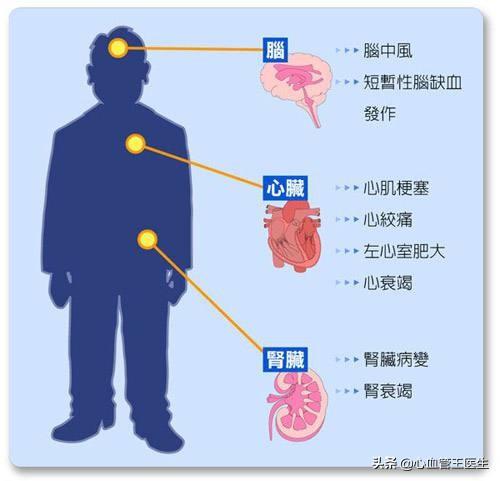
If high blood pressure is left uncontrolled, most people may not be in danger for a short period of time, especially if they have high blood pressure of 180/120 or less, and may be fine for several years. However, the damage of high blood pressure is gradual and subtle. The longer the high blood pressure lasts and the higher the blood pressure, the more harmful it is to the human body.
Long-term uncontrolled hypertension may lead to cerebral infarction, which is disabling and fatal; cerebral hemorrhage, which is disabling and fatal; heart failure, which has a 5-year mortality rate of 50%; myocardial infarction, which is disabling and fatal; renal failure, which requires long-term dialysis and shortens the life span; and aortic coarctation, which is disabling and fatal.
Hypertension can also lead to acute problems such as dangerous high blood pressure, which causes various symptoms and even life-threatening conditions, inducing acute left heart failure and other problems.
Third, what are the dangers of low blood pressure?
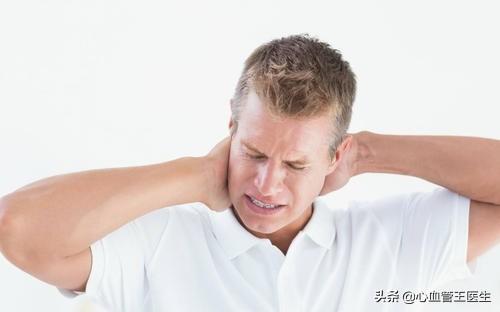
Hypotension, proximally understood as shock, is a sign that the people think that fainting is shock, but it is not, hypotension is a sign of shock. Hypotensive shock, if not resuscitated in time, can be life-threatening in a very short period of time.
If the blood pressure is usually normal, or usually high blood pressure, suddenly appear low blood pressure, there may be agitation and anxiety, nervousness, face, skin pale, lips and nails bed mild cyanosis, heart rate accelerated, increased respiratory rate, cold sweating, rapid pulse, decreased urination, confusion, oliguria or anuria, azotemia, hyperkalemia, hepatic encephalopathy, death, and other dangers.
Therefore, relatively speaking hypertension is more of a chronic disease, and only a few are acute; whereas hypotension is mostly acute and must be resuscitated immediately or it can be life-threatening in a short period of time!

But whether it is high blood pressure, and low blood pressure, we should pay attention to the fact that only normal blood pressure is safe!
So how can we tell if our blood pressure is high or low?
The only way to do this is to take measurements, and you need to do this from time to time; because everyone's blood pressure is different, the only way to more accurately determine whether you have high or low blood pressure is to know your blood pressure on a regular basis!
We all know that normal blood pressure should be maintained at 90-140/60-90mmHg, and higher or lower than this value is a pathological symptom, so high blood pressure compared with low blood pressure, which one is more dangerous and needs to attract enough attention?
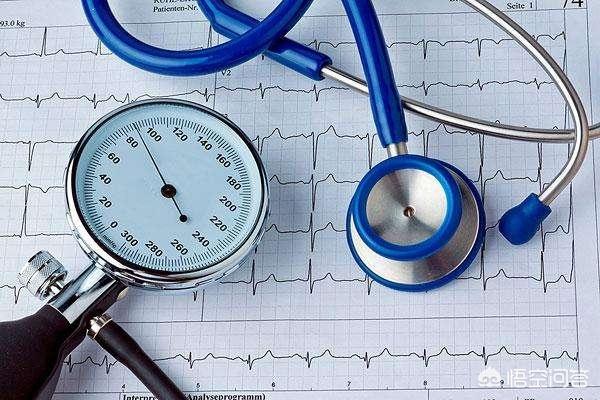
In fact, anytime blood pressure is not within the normal range, it is dangerous, whether it is high or low. Low blood pressure is categorized into physiological and pathological conditions. There is a part of the population, more women, blood pressure is in the lower state for a long time, but there is no any uncomfortable symptoms, long-term observation also did not find the emergence of organ hypoxia, necrosis and so on, at this time there is no need to do anything to deal with. Pathology will be more serious, low blood pressure can appear sharply in a short period of time, such as hemorrhage, acute infarction, severe trauma, etc., the blood pressure may be directly in the measurement of the state, or the blood pressure continues to decrease slowly, mostly in tumors, malnutrition, tuberculosis and other consumptive diseases. In the elderly there is a special situation - postural hypotension, this patient does not have any symptoms when lying down, stand up or sit up when the blood pressure will fall, and there will be dizziness, blurred vision, fatigue, nausea and other symptoms, most often in the vascular base of the person is not good, when a sudden change of position, the blood supply is not as good as.

And there are many dangerous symptoms caused by high blood pressure, the most common are heart, fundus, kidney, brain, blood vessels and so on. Long-term in the state of high blood pressure, the target organs will be constantly damaged, and then appear uncomfortable symptoms, serious cases can directly appear acute heart attack, brain hemorrhage, kidney failure and so on.
Whether it is high or low blood pressure, it is a threat to your health, so it is important to measure your blood pressure from time to time to keep it within a reasonable range.
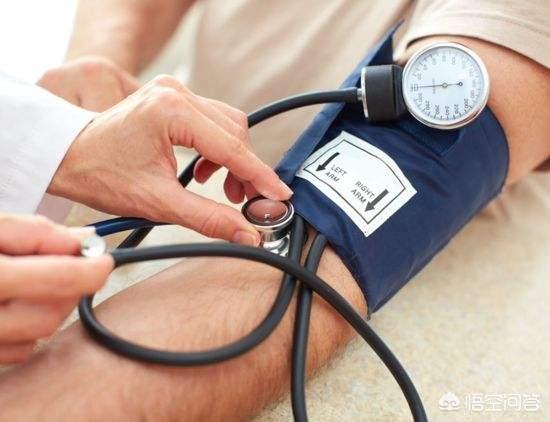
Hello, thank you for your question. I'm Dr. Hui, deputy chief physician of the cardiovascular medicine department at Dalian Central Hospital. Whether it's low or high blood pressure, it's fatal, but it depends on the type of condition.
In the case of hypertension, if it is chronic and severe, it can lead to damage to the heart, brain, kidneys, blood vessels, eyes and other organs, resulting in cardiovascular events including coronary artery disease, cerebral infarction, renal insufficiency and so on. And sudden elevation of blood pressure can also lead to acute cardiac insufficiency. Both the clinical complications associated with coronary heart disease and hypertension and acute cardiac insufficiency can be fatal and, in severe cases, can lead to death altogether.
For low blood pressure, there are two kinds of cases, one is physiological low blood pressure and the other is pathological low blood pressure. Physiologic hypotension, which is mostly seen in young and thin women, can be partially improved by starting with a better lifestyle, including a reasonable diet and moderate exercise.
Pathologic hypotension, on the other hand, may generally be secondary to various systemic diseases, such as acute cardiac insufficiency, shock due to massive blood loss, infectious shock, and other causes, while hypotension can be completely fatal in some cases, such as shock due to massive blood loss and infectious shock.
In conclusion, both high and low blood pressure should be taken seriously and treated with different treatment strategies for different individuals.
Hello! Thank you for your question!
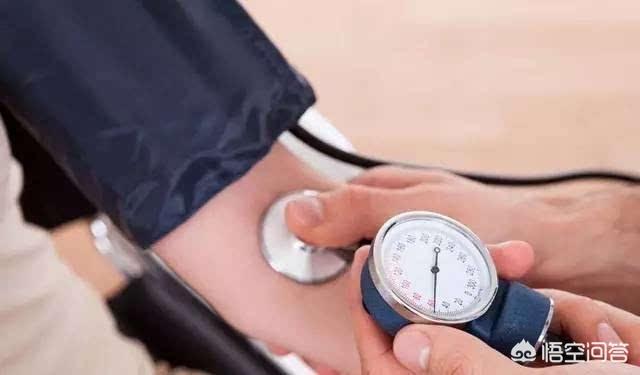
Low blood pressure vs. high blood pressure
Hypotension is a state in which the arterial pressure in the body circulation is lower than normal, and hypertension is a clinical syndrome characterized by a sustained increase in arterial blood pressure. Hypertension is the most common chronic disease and the most important risk factor for cardiovascular disease. Low blood pressure is mainly due to a drop in blood pressure, resulting in slow blood circulation and ischemia of the distal capillaries, so that the supply of oxygen and nutrients to tissue cells is affected.

Both are harmful to the body to a certain extent, high blood pressure compared with low blood pressure, high blood pressure is a little more dangerous, high blood pressure caused by the disease is more serious than the disease caused by low blood pressure, but compared to high blood pressure, people often ignore the existence of low blood pressure.
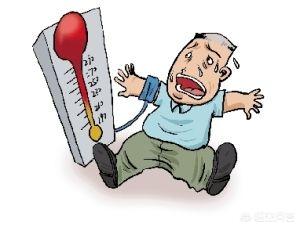
It has become an indisputable fact that long-term low blood pressure can slow down blood flow and increase blood clotting components, which often tends to be combined with thrombosis in the brain and internal organs, and countermeasures should be actively sought in order to prevent the problem before it occurs. While suffering from high blood pressure can induce a wide variety of diseases, theSuch as coronary heart disease, diabetes mellitus, heart failure, high blood lipids, kidney disease and stroke and other diseases with high risk coefficients. It can be seen that hypertension has many comorbidities or coexists with many diseases, and that failure to adhere to timely and effective treatment of hypertension can greatly increase the incidence of cardiovascular and cerebral vascular diseases and mortality!
Thank you, I hope this helps!
The normal values of blood pressure are 90-140mmHg systolic and 60-90mmHg diastolic, above or below this normal value is abnormal blood pressure. However, it is not the case that a single measurement of blood pressure not in this normal range is hypertension or hypotension, but rather, without the use of antihypertensive drugs, non-same day, three measurements (preferably at the same time, the same place, the same position, the same sphygmomanometer measurement) of upper extremity arterial blood pressure, systolic blood pressure greater than or equal to 140mmHg and/or diastolic blood pressure greater than or equal to 90mmHg for hypertension, hypotension refers to the adults of the upper extremity arterial blood pressure is lower than 90/60mmHg. Hypotension is defined as adult upper extremity arterial blood pressure less than 90/60 mmHg.
As for high blood pressure or low blood pressure, which is more dangerous, you can't generalize.
Hypertension is a chronic disease, its harm is mainly involved in the systemic organs, causing damage to all organs of the body, is an important cause and risk factor for a variety of cardiovascular and cerebrovascular diseases, affecting the structure and function of important organs such as the heart, brain, kidney, and ultimately lead to the failure of these organs, when the blood pressure ≥ 180/110 mmHg, acute cardiovascular events will occur, and so far is still the main cardiovascular disease mortality It is still one of the main causes of death from cardiovascular diseases. However, cardiovascular events can be avoided as long as comprehensive treatment measures are taken to maintain a normal and stable level of blood pressure in hypertension.
Hypotension can be categorized into physiological hypotension and pathological hypotension. Physiologic hypotension is generally more common in thin young women, their daily blood pressure is about 90/60mmHg, usually without any clinical symptoms, can not need special intervention, usually pay more attention to strengthen physical exercise, enhance physical fitness can be. Pathological hypotension is often caused by some serious primary diseases, such as shock (hemorrhagic, infectious, etc.), myocardial infarction, acute cardiac insufficiency, and rarely some chronic diseases, such as primary chronic hypoadrenocorticism, hypopituitarism, pheochromocytoma. Pathological hypotension is a hazard caused by insufficient perfusion of major tissues and organs, and patients can feel dizzy, fatigue, black blindness, and even lead to cerebral insufficient perfusion loss of consciousness, and shock can cause death.
Therefore, both high and low blood pressure can be harmful and the causes need to be identified for active intervention.
It doesn't say which is more dangerous, it should say equally dangerous.
(1) Low blood pressure: Generally speaking, adults with blood pressure lower than 90/60mmHg can be regarded as low blood pressure, of course, women can relax a little. Low blood pressure is mainly caused by insufficient perfusion of vital organs of the body, causing ischemia and hypoxia of organs and tissues, such as the brain does not get blood oxygen will be weak, dizziness, and so on, serious fainting and so on. Long-term low blood pressure, blood flow will slow down, easy to grow blood clots, blocked blood vessels will aggravate the original symptoms of ischemia and hypoxia.
(2) Hypertension is mainly related to the heart, brain, kidney and aorta. It can cause vascular sclerosis, which promotes the formation of atherosclerotic plaque and, in severe cases, can lead to cerebral infarction, coronary heart disease, myocardial infarction, aortic coarctation, and renal vascular stenosis.
I'm a cardiology specialist, and I welcome your questions about this in the comments section or follow my headline, thank you.
Thanks for the invitation to answer, both low and high blood pressure are dangerous, and there are different levels of danger depending on the condition. In a strict sense, there is no such thing as which is more dangerous, but rather each is dangerous in its own way.
We have heard more is high blood pressure, mention high blood pressure must be many people know its harm, such as damage to blood vessels, heart, kidneys, eyes, cause atherosclerosis, cerebral infarction, cerebral hemorrhage and so on. Nowadays more and more people suffer from high blood pressure, everyone is talking about how great the harm of high blood pressure, how to prevent, but ignored the harm of low blood pressure.
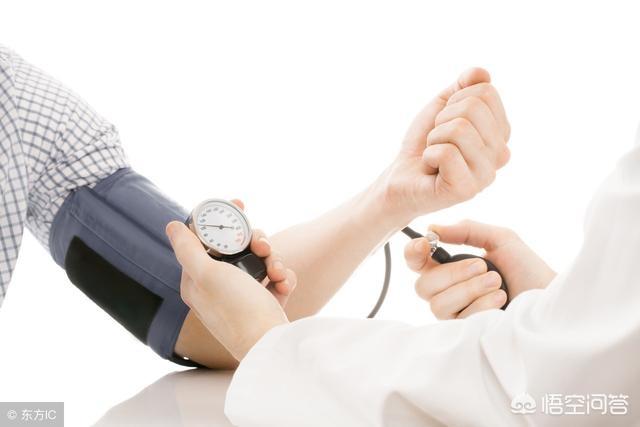
Low blood pressure can also be characterized by a variety of conditions, either transient or chronic. Low blood pressure can cause insufficient blood supply to all vital organs of the body. The brain is particularly sensitive to ischemia and hypoxia. When the blood and oxygen supply to the brain is insufficient, a person will often feel dizzy, have a headache, and have black eyes. Transient low blood pressure, the brain cells will die of lack of oxygen, so that people become forgetful, slow thinking, but also easy to cause ischemic stroke, angina and other diseases.
Prolonged low blood pressure can greatly reduce the functions of the body, such as blurred vision, hearing loss, memory loss, and induce or aggravate Alzheimer's disease. In addition, it can lead to mental illnesses such as dizziness, fatigue and depression, and even induce cerebral infarction and heart infarction.
Sugar knows all about the dangers of low blood pressure because Sugar's grandmother passed away from an ischemic stroke due to low blood pressure.
We hope that you will pay attention to the dangers of low blood pressure along with high blood pressure.
For more health knowledge sharing, welcome to Sugar Man Health!
This question and answer are from the site users, does not represent the position of the site, such as infringement, please contact the administrator to delete.